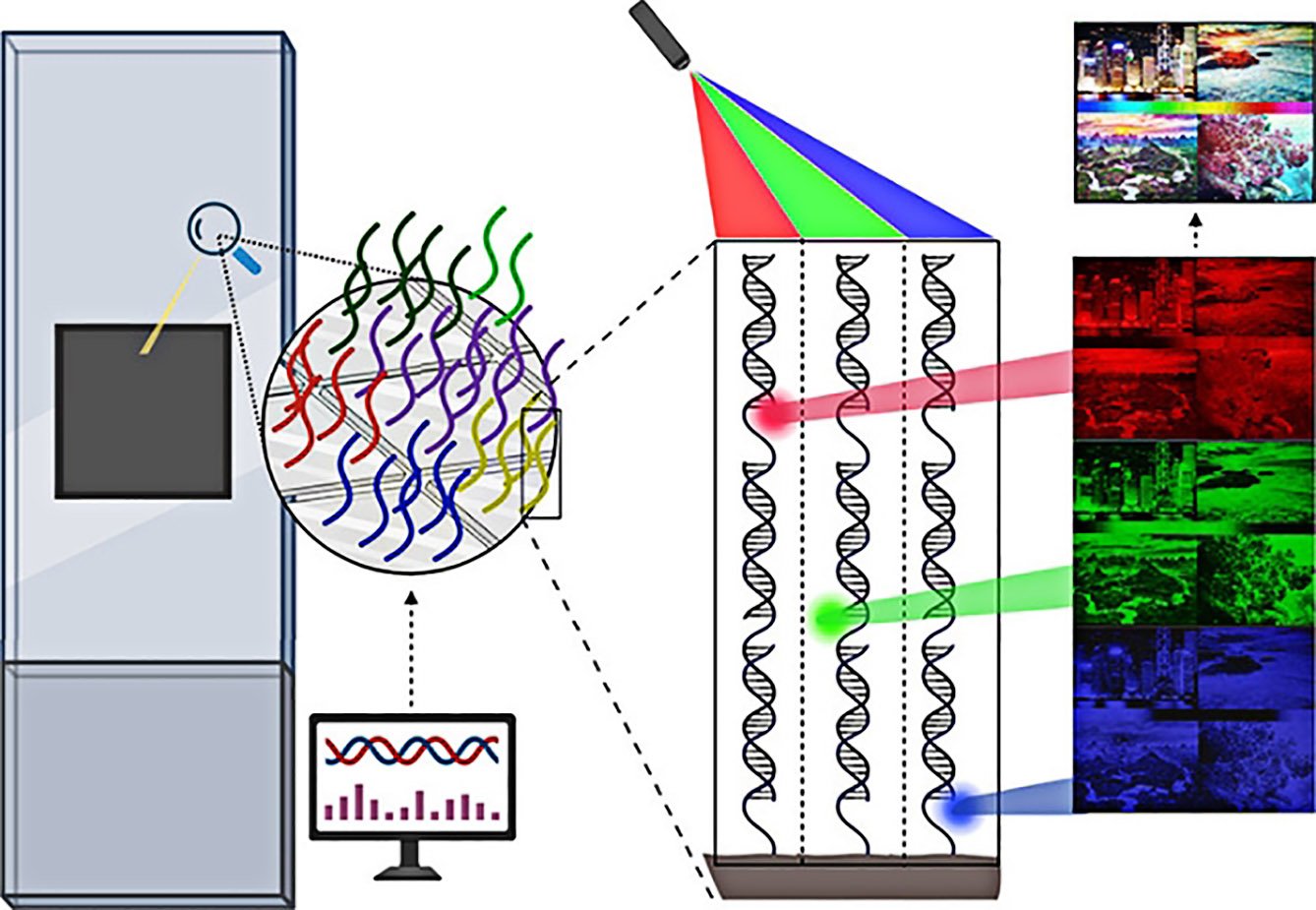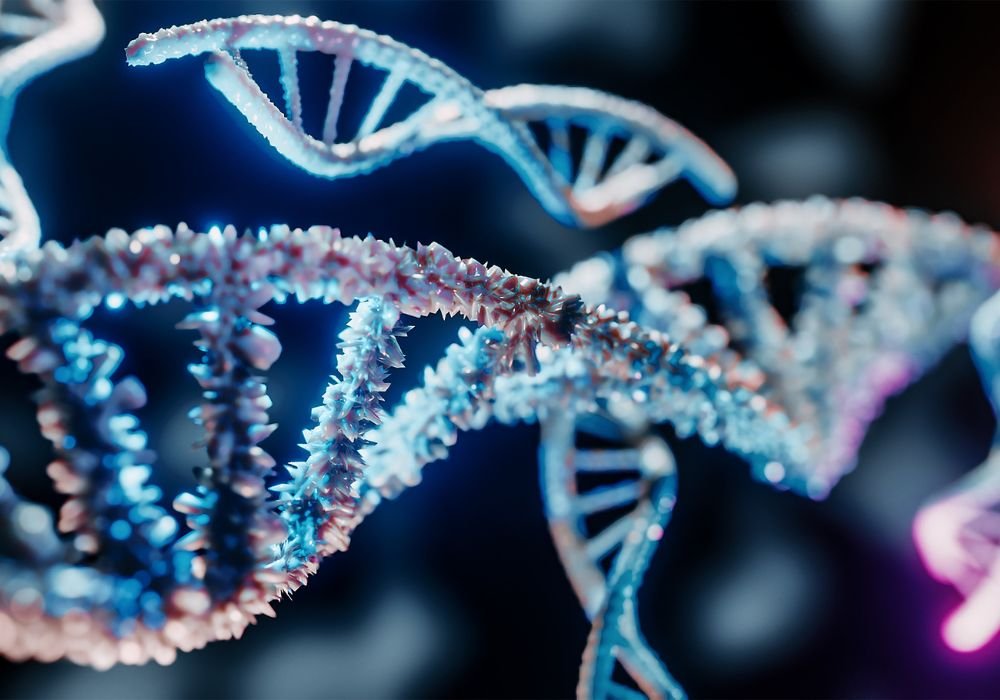Two researchers from Austria’s University of Vienna recently published a new technique that promises to revolutionize so-called miniaturized painting based on DNA. This technology allows images to be created using nucleotide sequences. stained with fluorescent substances.
The stability of the DNA duplex (double strand) can be edited in the laboratory to control the amount and position of defective complementary sequences. Fluorescent markers are used for this. In the new research, the authors managed to create a duplex capable of producing up to 16 million colors, a palette far superior to the 256 colors ever used.
Expanding the palette allows you to paint with DNA and print any digital image with 24-bit color depth onto a miniature 2D surface with the same precision as a laser printer. Then, Scientists can now create real works of art in the laboratory16 million tons and tons. See the example below:

Using DNA hybridization to create color
To create the colors, a DNA hybridization program that allows the creation of synthetic genes was used in this research. This was done by attaching small strands of DNA to fluorescent molecules. these later became markers colored red, green, or blue (RGB).
To determine the intensity of each color, researchers remove bases of the DNA strand from predefined positions along the sequence, reducing the stability of the double helix. Decreased stability results in a darker hue, and fine-tuning this balance allows you to create 256 shades for all color channels.
What is the use of miniaturized DNA painting?

Synthesizing images allows the experimenter to control the position of any DNA sequence on the selected surface, and the corresponding color can also be selectively assigned to a specific location. With the use of special computer scripts, the authors turn any digital image into a color-accurate photocopy of DNA.
The resolution is currently limited to the XGA standard (1024 x 768 pixels), but the duplication process (rendering) is compatible with 1080p resolution (1920 x 1080 pixels), and the image resolution reaches 4K. “In effect, our synthesis surface becomes a canvas for painting with micrometer-scale DNA molecules,” explains co-author Jory Lietard.
Among the various possible applications of DNA staining, new fluorescence signals with higher resolution can more precisely indicate processes occurring in the human body. This leads to a more accurate understanding of cellular anatomy and early detection of serious diseases such as cancer.
Stay up to date on science and technology at TecMundo! Take the opportunity to share the article on your social networks.
Source: Tec Mundo
I’m Blaine Morgan, an experienced journalist and writer with over 8 years of experience in the tech industry. My expertise lies in writing about technology news and trends, covering everything from cutting-edge gadgets to emerging software developments. I’ve written for several leading publications including Gadget Onus where I am an author.












